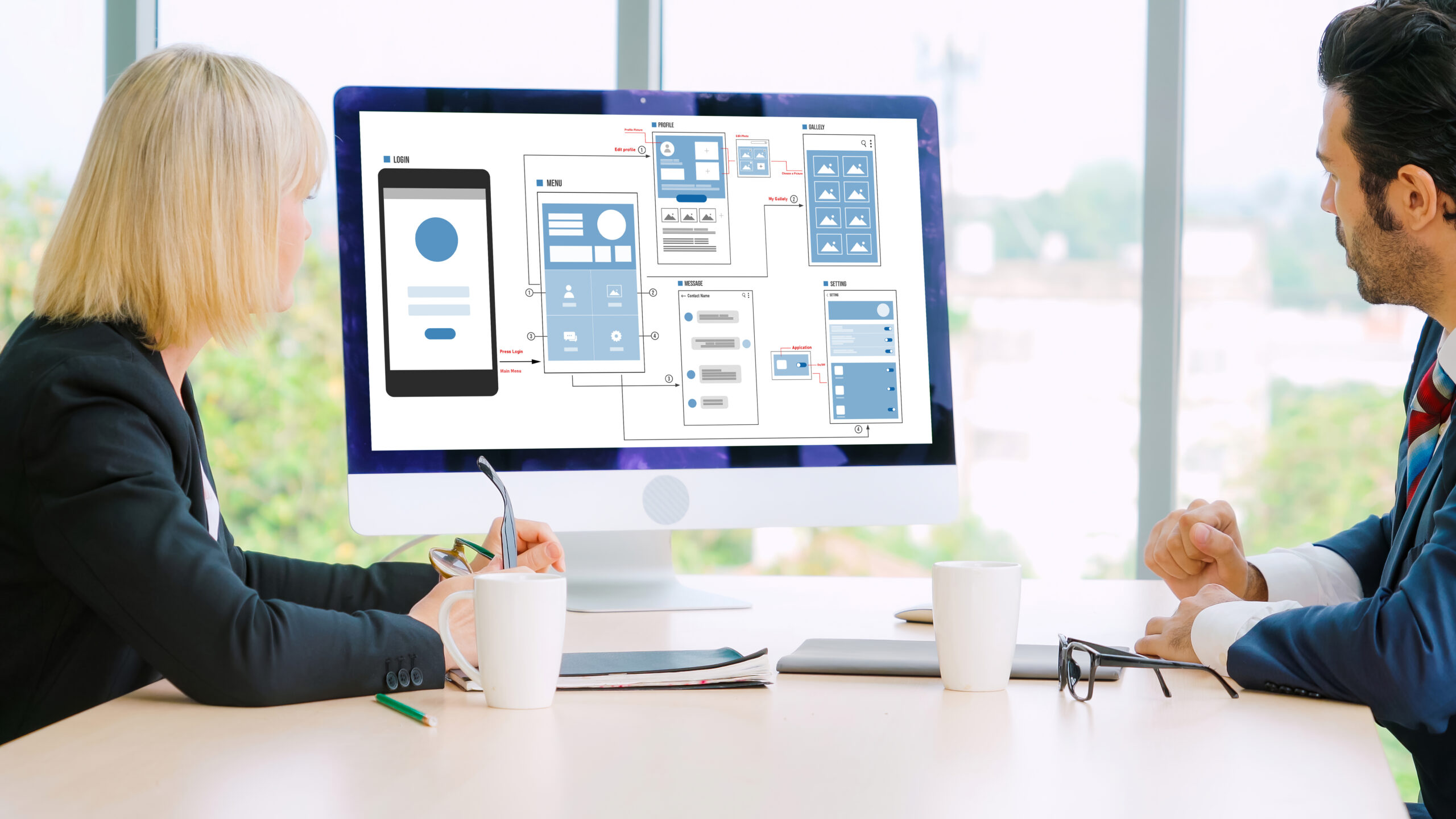In today’s digital-first world, a company’s website is often its most valuable asset. Whether it’s a startup, e-commerce brand, or established enterprise, the demand for visually appealing, user-centric, and functional websites is at an all-time high. As the expectations around design and user experience continue to evolve, tools like Figma are reshaping how web design agencies operate — especially in a competitive market like India.
In this article, we’ll explore the role of Figma in web designing, how it empowers teams, and why it’s become an indispensable tool for any website designing company in India aiming to stay ahead of the curve.
What is Figma?
Figma is a cloud-based interface design tool that allows real-time collaboration on wireframes, prototypes, and UI/UX design elements. It runs entirely in the browser, removing the need for powerful local machines or constant file syncing.
What makes Figma stand out is its versatility — it merges features from multiple tools like Sketch, Adobe XD, and InVision into one seamless, collaborative platform.
Why Figma is a Game-Changer for Web Designing Companies
Figma is a game-changer for web designing companies because it enables real-time collaboration, seamless design handoffs, and efficient workflow management—all in one cloud-based platform.
1. Real-Time Collaboration
One of the major challenges in traditional web design workflows is the lack of collaborative tools. Designers often work in silos, sharing static files over email or cloud storage. This causes version control issues, miscommunications, and inefficiencies.
Figma eliminates this bottleneck by allowing multiple designers, developers, and clients to work on the same design in real-time. It’s like Google Docs — but for design. This feature is incredibly valuable for a web designing company in India that handles multiple clients across different time zones and internal teams.
2. Centralized Design System
Creating consistent design elements across pages and projects is crucial. Figma enables design teams to create and maintain a shared library of components, such as buttons, fonts, and colors. This ensures brand consistency and accelerates project timelines.
For example, if a website designing company is handling multiple brands, Figma allows them to create separate design systems and switch between them effortlessly. This modular approach is not only efficient but also scalable for agencies managing 10–50 projects at a time.
3. Developer Handoff Simplified
In traditional workflows, handing off designs to developers can be a tedious task involving redlines, PDFs, or annotated screenshots. Figma provides a code inspector feature that allows developers to see the exact dimensions, color codes, and CSS of each element — directly from the design file.
This feature streamlines the handoff process, improves accuracy, and reduces back-and-forth between teams. In a competitive industry like web development in India, where project delivery speed matters, this is a major advantage.
How Website Designing Companies in India are Using Figma
India has emerged as a global hub for web design and development services, thanks to its large talent pool and cost-effective solutions. A web designing company in India is expected to be agile, innovative, and collaborative — all qualities that Figma directly supports.
Remote Team Enablement
Post-pandemic, remote and hybrid work models have become the norm. With its browser-based platform, Figma makes it easy for distributed teams to collaborate without worrying about software installations or hardware limitations.
Faster Client Feedback Loops
Client approvals often delay project timelines. With Figma, clients can leave pin-based comments directly on the design, reducing the need for endless email threads and misinterpretations. This not only speeds up approvals but also enhances client satisfaction.
Cross-Functional Synergy
Figma isn’t just for designers. Marketers, project managers, and developers can also participate in the design process. This cross-functional participation is particularly valuable for website designing companies in India that serve enterprise clients and need streamlined communication across departments.
Features That Stand Out in Figma
- Auto Layout: Enables responsive design by automatically adjusting components based on screen size.
- Prototyping: Allows designers to create interactive prototypes for client previews.
- Version Control: Keeps track of changes and allows teams to revert to previous versions easily.
- Plugins and Integrations: A wide range of plugins for icon libraries, accessibility checks, and third-party tools like Slack and Notion.
Future of Web Design: Figma + AI
As artificial intelligence begins to play a bigger role in design automation, Figma is already integrating smart features that suggest design patterns, automate repetitive tasks, and improve accessibility. For forward-thinking web designing companies in India, this means more time spent on creativity and strategy rather than repetitive grunt work.
Final Thoughts
Figma is more than just a design tool; it’s a collaboration and productivity platform that is transforming how web design is approached. Whether you’re a freelancer or part of a large web designing company in India, embracing Figma can drastically improve your efficiency, collaboration, and output quality.
As the digital landscape continues to evolve, Figma positions itself as a must-have platform for any web design agency aiming for excellence, scalability, and client satisfaction.



